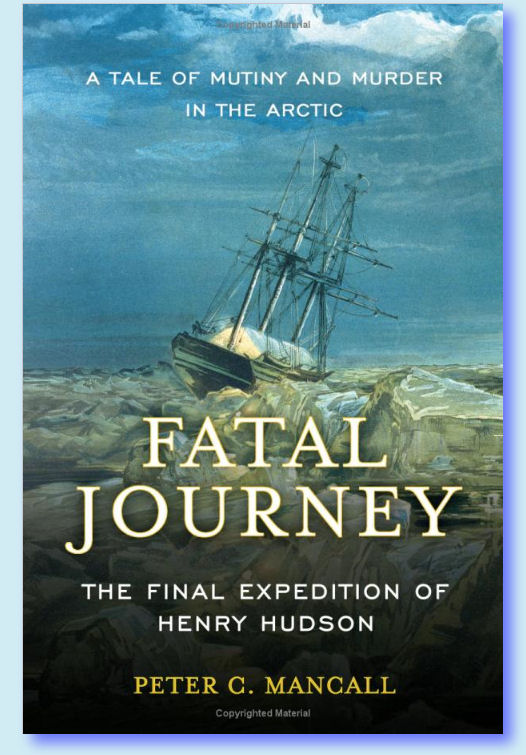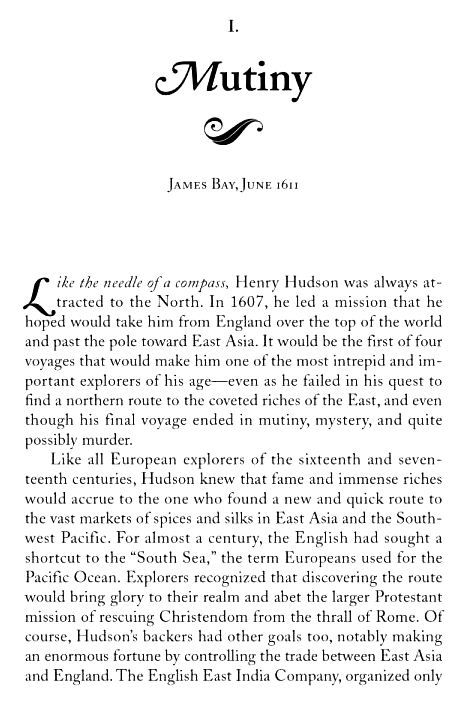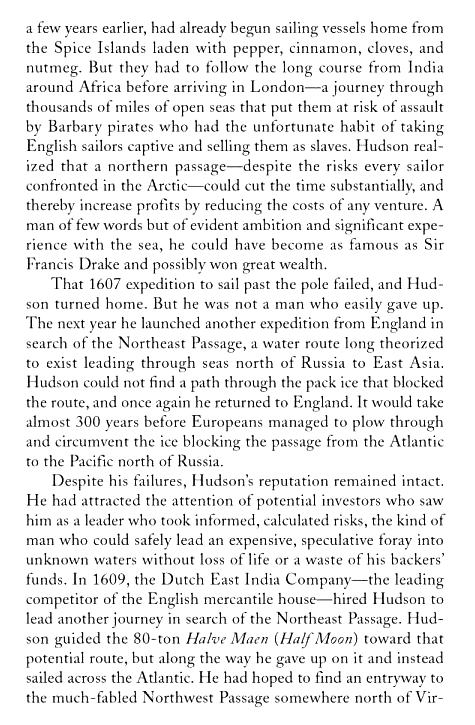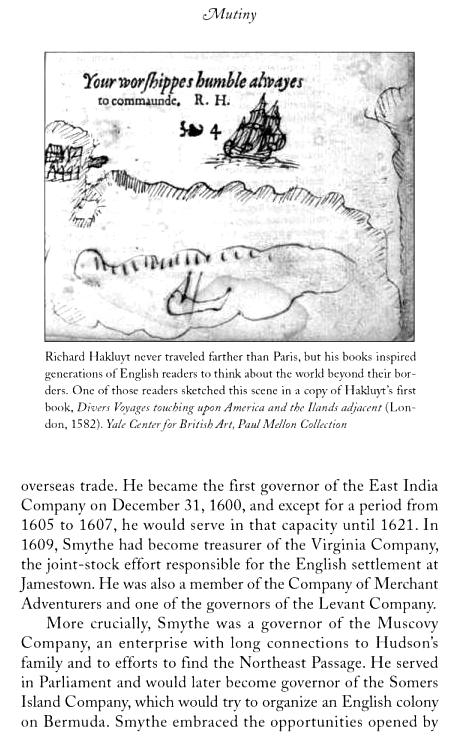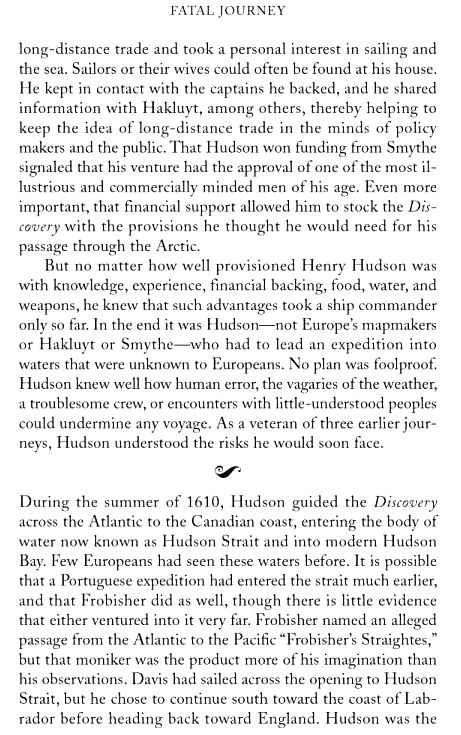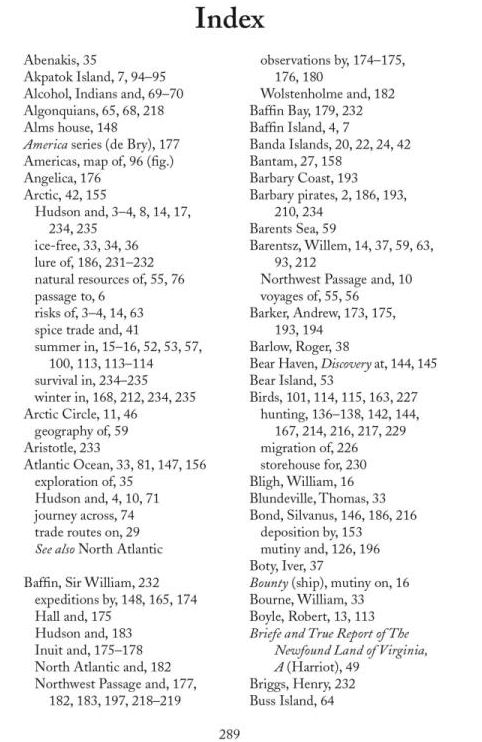Fatal Journey':
the final days of Henry Hudson
by
Peter Mancall
The
Final Expedition of Henry Hudson" examines the murky events that led to
the 17th century explorer's death.
Special
to The Seattle
Times
Basic Books, 288 pp.,
$26.95
See: Amazon
Henry Hudson, the
English explorer who gave his
name to New York's Hudson River and Canada's Hudson
Bay,
lost his sailing ship to mutineers. They left him, his teenage son and
seven
men in a small boat and sailed back to England, where mutineers
risked a
hanging.
It was 1611. England's
only settlement in America
was at Jamestown, Va. Hudson had led his ship the previous fall into
James Bay,
in an Arctic climate zone in what is now central Canada. The ship had
been
trapped in pack ice for the winter, and he and his men had holed up in
a
freezing hut.
With the breaking of
the sea ice, Hudson
was keen to go on searching for the fabled Northwest
Passage. The mutineers were not. They wanted to go home.
The full story of the
mutiny would make a chilling
book, but historians don't have that story. They have the stories the
mutineers
offered to an English court — self-serving stories that saved their
necks. The
court of inquiry also had a letter hidden in Hudson's ship by one of the men about
to be
marooned, but the man was lost, and could not elaborate on what he had
said.
How to make a book from
such scraps? Discuss
whether they ring true. Embed the story in known history — of why
English
merchants were willing to back Hudson, and men like him; of Hudson's
adventures
in the Arctic, and what sort of captain he was; of the desperadoes on
his crew,
and what happened to them; of the climate and fauna of James Bay, and
why no
English explorer returned there for a generation; and of the Cree
Indians, who
encountered Hudson's winter encampment.
The author, Peter
Mancall of the University
of Southern California,
does all these things. He is a specialist on the period, having earlier
written
a history of the mapmaker Richard Hakluyt, who lived in Hudson's time.
Mancall heads an institute
associated with the Huntington Library of San Marino, Calif., which
has a fabulous collection of
books and manuscripts from the period.
What Mancall's
publisher touts on the book's cover
as "a tale of mutiny and murder in the Arctic,"
however, is mostly not a
murder
story. It is a wider story of seamanship, survival, geography and
English
power. That is the only way the book could have been written: as a
murder story
there are too many unknowns in it. We don't even know what Hudson looked
like.
Nor does anyone exactly
know how Hudson, his son
and their companions met their ends almost
400 years ago, though Mancall says they could not have lasted another
Canadian
winter. Hudson, he writes, was a master
mariner
who sailed his wooden ships farther into the Arctic
than any Englishman had or would for another 200 years, but unlike the
Cree,
"he could not live there."
This is a story that
stretches the imagination and
leaves the reader with a shiver.
Bruce
Ramsey is a Seattle
Times editorial writer.
|
